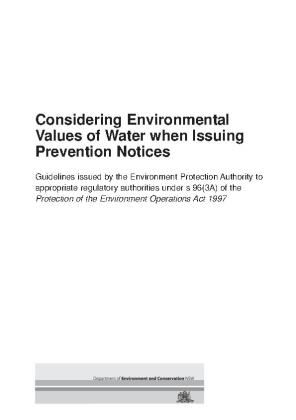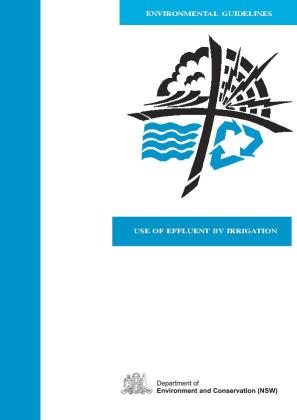The strategic planning and development assessment process under the Environmental Planning and Assessment Act 1979 (EP&A Act) plays a vital role in managing water quality impacts. The NSW EPA provides input to both the strategic land use planning processes and those that involve proposals that will require an environment protection licence.
The link between land use, waterway health outcomes, and the community's uses and values of waterways requires planners to consider water quality objectives and outcomes as part of the strategic planning process. The EPA promotes use of a risk-based decision framework for considering water quality outcomes with strategic planning decisions to improve management of the impacts of development while supporting locally relevant management objectives and outcomes. For areas of significant urban growth, the EPA also recommends that planning authorities adopt an integrated approach to managing the water cycle that optimises the coordination of sustainable water supply, wastewater and stormwater management.
New or expanding developments and activities generally require an environmental impact assessment through regulatory tools under the EP&A Act. This assessment may be done by a local council, the Department of Planning and Environment, another state agency or a planning panel. The EPA provides input to the Department of Planning and Environment on the appropriate process and criteria for assessment of development proposals.
The EPA recommends that water pollution be avoided in the first instance. When this is not possible, the NSW Water Quality Objectives and ANZECC guidelines should be used to assess potential impacts and develop impact mitigation measures that prevent or minimise impacts on water quality. This includes when the EPA reviews development applications, makes recommendations to consent authorities and negotiates with project proponents to prevent or minimise impacts from development on water quality.
The guiding principles are that where the environmental values are being achieved in a waterway, they should be protected; where they are not, all activities should work towards their achievement over time.
The EPA makes use of a range of guidance material on urban and rural soil erosion and sediment control, stormwater management, unsealed road maintenance, and other guidance for planners, local councils and developers, published by the Office of Environment and Heritage.







